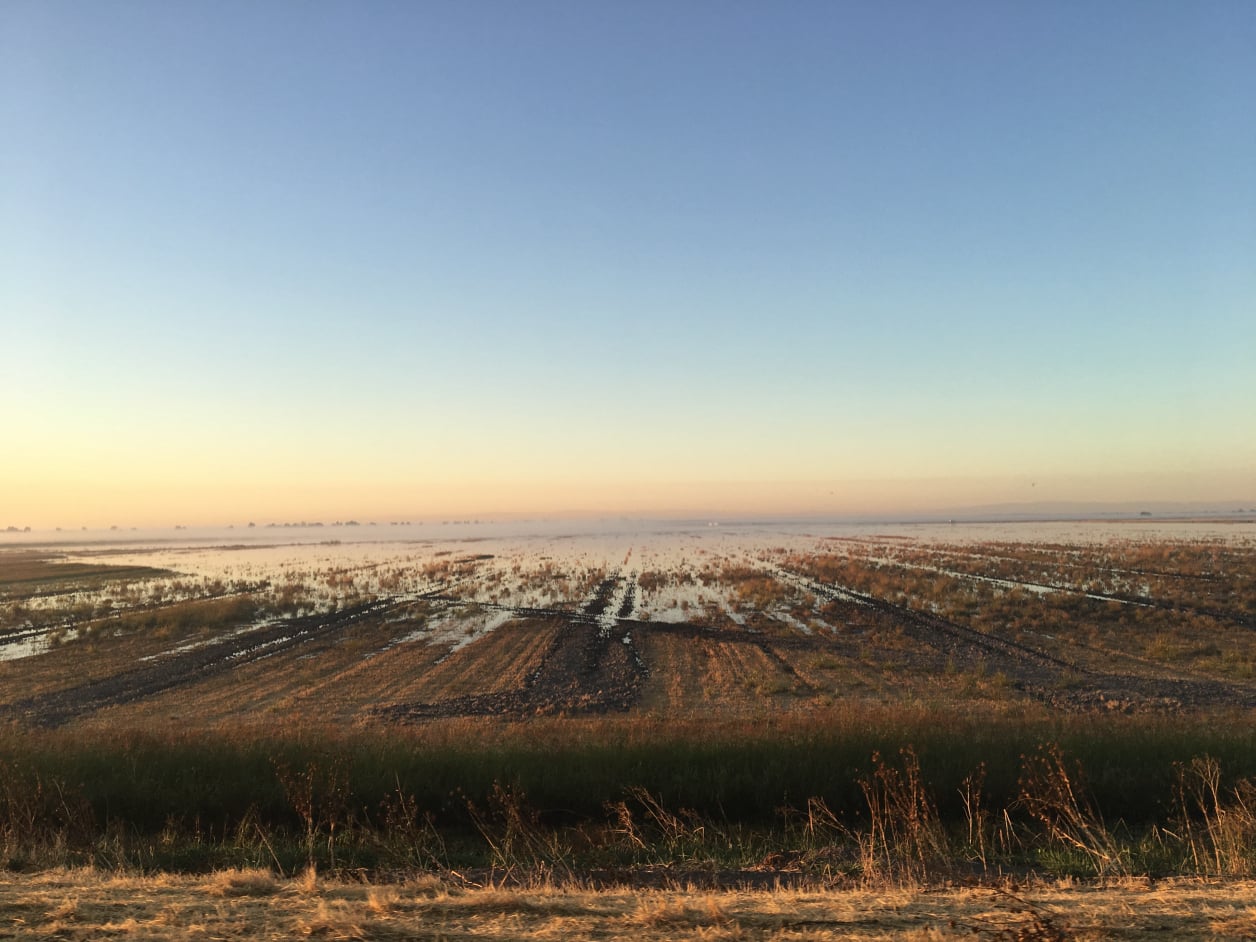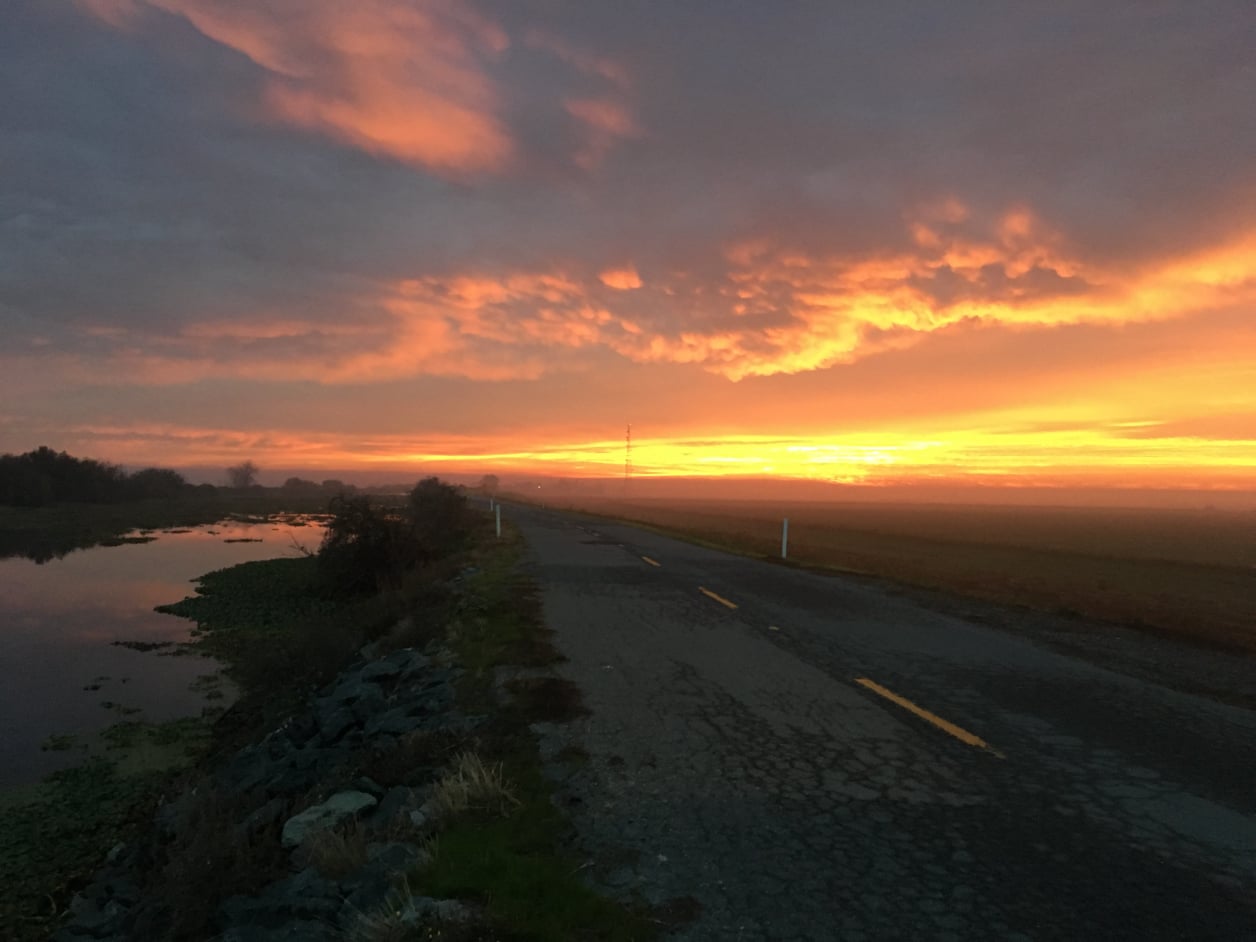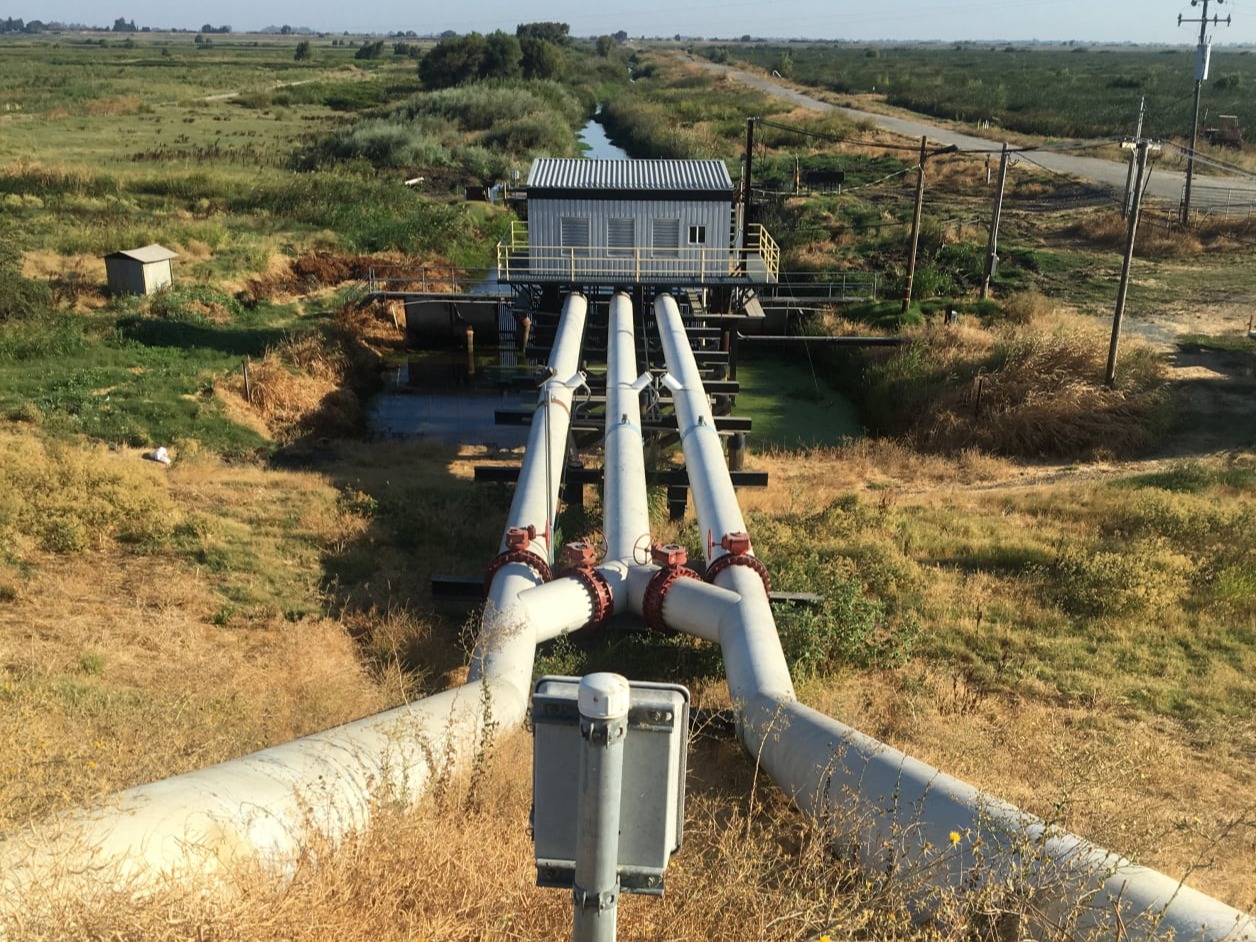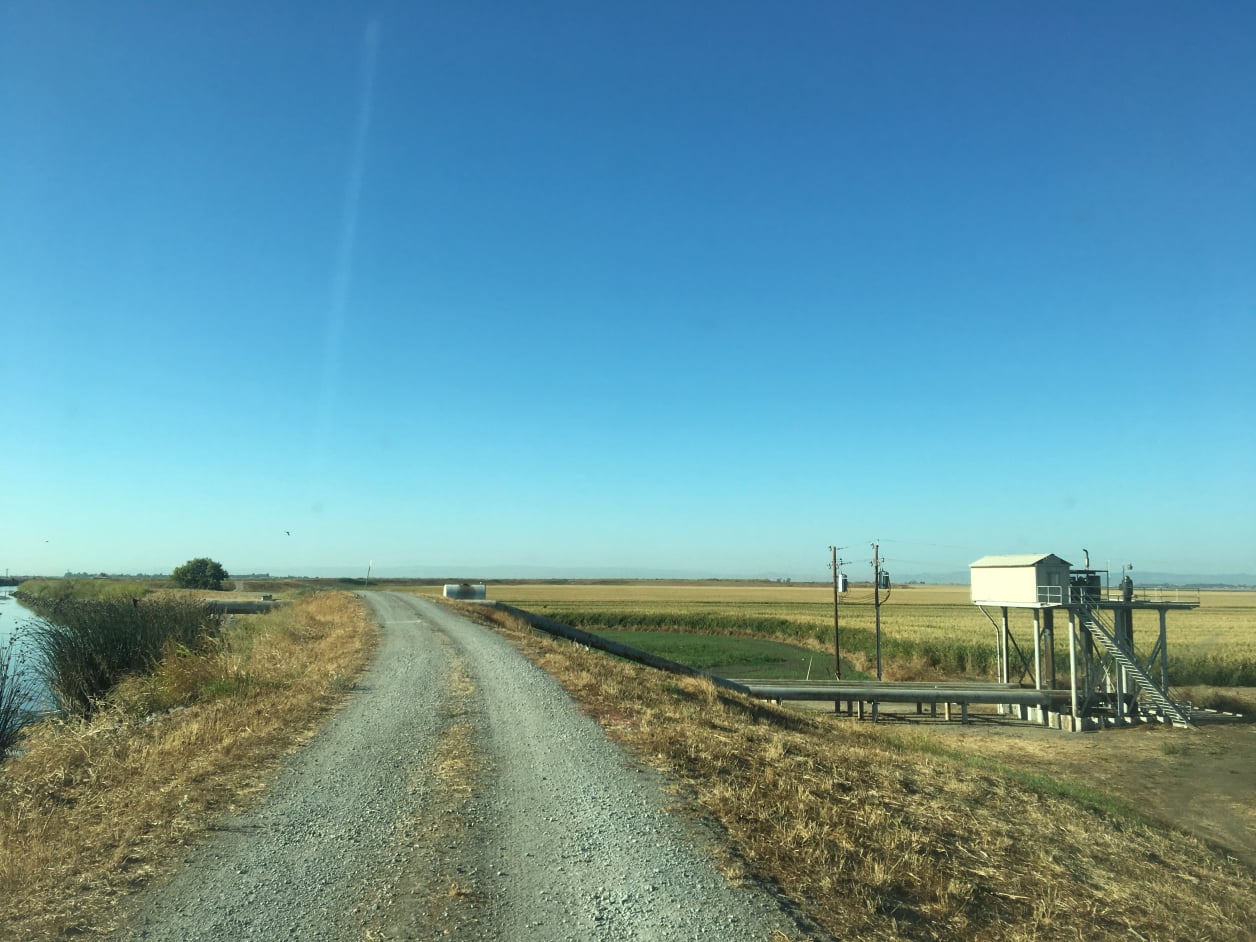Estuaries and Deltas

Constraining the significance of hydrologic pathways for carbon, nutrients, and pesticides on islands undergoing land use transitions to fight climate change
The Sacramento-San Joaquin Delta contains over 57 “islands'', lands reclaimed from previously existing marshland by the construction of levees and drainage systems. Drainage and agricultural use led to oxidative loss of the carbon-rich soils, thus today many of these lands are several meters below the level of surrounding waterways.
Recent efforts to reverse subsidence are targeting land use changes, like switching from corn to rice, and wetland restoration. We are examining how these changes can alter carbon budgets and other water quality indicators. These data are critical to verifying these land use changes are carbon negative.
Ongoing collaboration with USGS California Water Science Center, learn more and see some of our high-frequency data here

Human impacts on riverine and deltaic suspended particulate matter dynamics
The San Francisco Estuary, in central California, has several long-running monitoring programs that have been used to reveal human-induced changes throughout the estuary in the last century. We examined how human-generated environmental changes can propagate spatially and temporally through a large river-estuary system. More broadly, we show how underutilized monitoring program datasets can be paired with existing (and often imperfect) synoptic records to generate new system insight in lieu of new data collection.
Read more: Paired Synoptic and Long-Term Monitoring Datasets Reveal Decadal Shifts in Suspended Sediment Supply and Particulate Organic Matter Sources in a River-Estuarine System
Estuaries and Coasts

Uncovering understudied nutrient sources in the Sacramento-San Joaquin Delta
The Sacramento-San Joaquin Delta of central California provides water to over 23 million people. Inventorying nutrient and trace element sources in the Delta is critical to understanding how changes—including alterations to point source inputs such as upgrades to the Sacramento Regional Wastewater Treatment Plant and landscape-scale changes related to wetland restoration—may alter the Delta’s water quality.
Read more: Nutrient and Trace Element Contributions from Drained Islands in the Sacramento–San Joaquin Delta, California
San Francisco Estuary and Watershed Sciences

Lateral carbon losses from subsided islands in the Sacramento-San Joaquin Delta
Degradation of peatlands via drainage is increasing globally and destabilizing peat carbon stores. The effects of drainage on the timing and magnitude of lateral carbon losses from degraded peatlands remains understudied.
We examined spatial and temporal variability in lateral carbon exports from three drained peat islands in the Sacramento-San Joaquin Delta in California. We found that net lateral carbon exports, often assumed to be negligible, can be the same order of magnitude as vertical carbon emissions from various land use types in this system.
Read more: Lateral Carbon Exports From Drained Peatlands: An Understudied Carbon Pathway in the Sacramento-San Joaquin Delta, California
Journal of Geophysical Research: Biogeosciences
Stay Connected